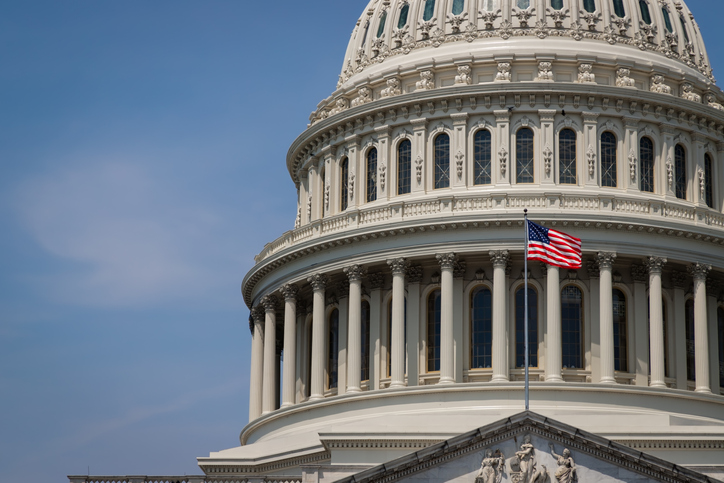Senate Committee Examines Energy Department’s Use of Infrastructure Funds
Share

“We will move quickly as we can, while doing it right,” vows a DoE official.
It has been over a year since President Biden has signed the Bipartisan Infrastructure Law (BIL). This historic investment in our nation’s infrastructure consists of roughly $1.2 trillion over the next five years, with $62 billion set aside for projects administered by the U.S. Department of Energy (DoE). This is in supplement to its existing annual appropriation of $40 billion.
Anytime spending is implemented at this level someone has to keep track of it. The last thing this country and its taxpayers need is for an amount of money this large to be improperly managed.
That’s why the Senate Committee on Energy and Natural Resources on Thursday hosted Deputy Energy Secretary David Turk for an examination of DoE’s use of these newly acquired funds.
“We are all interested in learning what, if any, new controls or protocols the department has put in place to reduce any waste, fraud, and abuse that is likely to come with that kind of money being spent,” said Sen. John Barrasso (R-WY), the committee’s ranking member.
And so Turk answered many questions pertaining to specific expenditures, from decarbonization, lithium production, US nuclear power to the ever-concerning gas stoves. But he also addressed new management practices within DoE.
“We will move as quickly as we can, while doing it right,” said Turk. In this case, “doing it right” has meant the hiring of 400 new staff members and an increase in funding for its inspector general’s office. Mr. Turk also stressed the need to move quickly because the infrastructure law has promoted remarkable levels of growth.
“The position we are in is enviable of the whole world,” said Sen. Joe Manchin (D-WV), the committee’s chairman. Turk agreed. The infrastructure bill has provided “an unparalleled and catalytic investment in our nation’s infrastructure and energy security,” he said, pointing to $92 billion worth of investments, both private and public, in new and expanded battery manufacturing since President Biden took office.
In response to this rapid growth DoE has already granted $37 billion of the before-mentioned $62 billion, mostly through competitive grants. The candidate for those are thoroughly vetted by DoE staff before investments are awarded.
However, this system of competitive grants has its learning points. Addressing an elephant in the room, Sen. Barrasso brought up DoE’s investment of $200 million in Microvast, a China-dependent battery manufacturer.
New language has been added to the grant proposal process to eliminate another such investment, said Turk. This new language includes stipulations that “every applicant has to be a domestic entity with a physical presence in the U.S.” and “any applicant participating in a foreign government sponsored talent recruitment program are prohibited in receiving federal funding.”
Since the implementation of the BIL in the fall of 2021, DoE has improved their internal protocols, the grant awarding process and helped promote widespread industrial growth. All with the mindset of keeping America in the lead, Turk told the committee.
“We are rebuilding American manufacturing and increasing American competitiveness,” he said.
